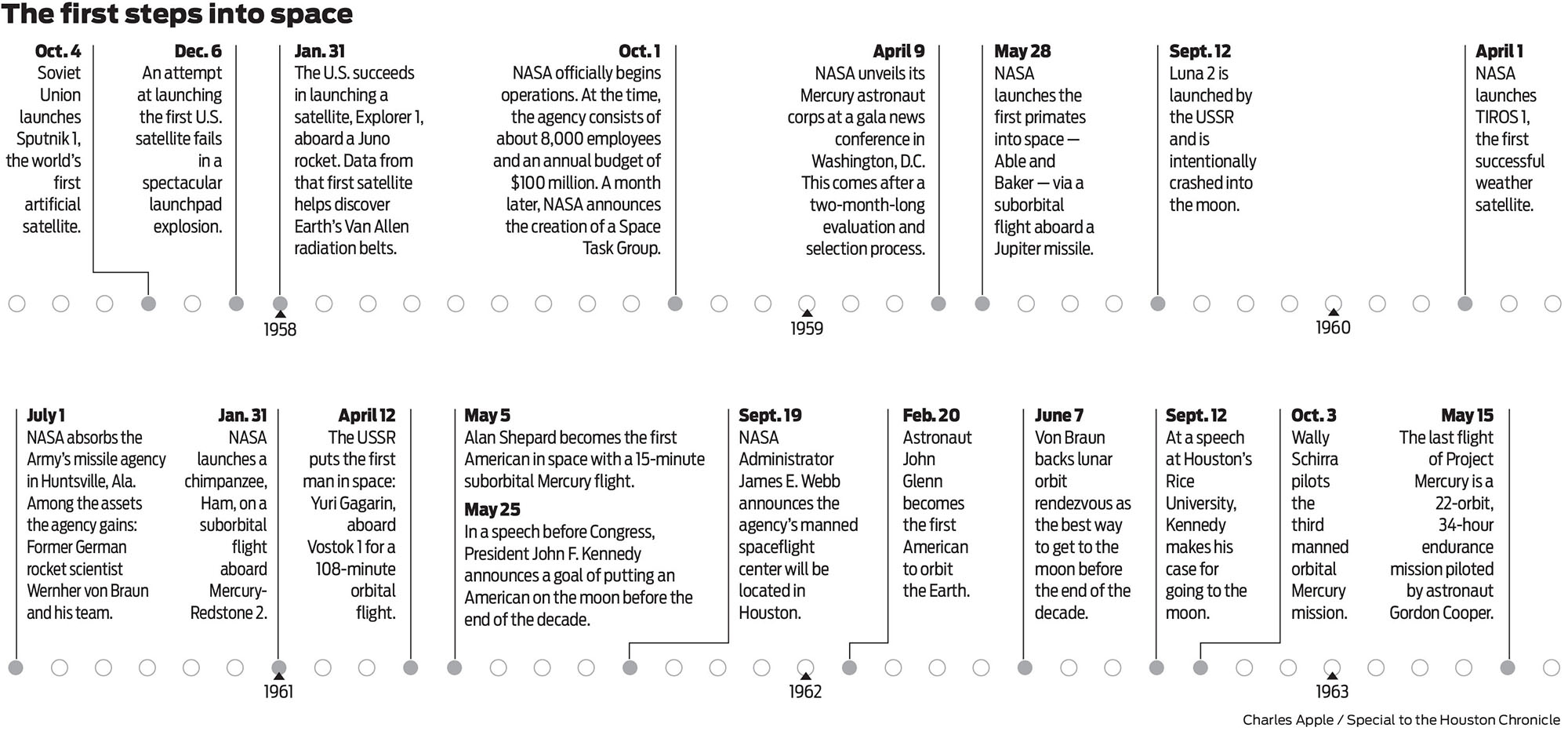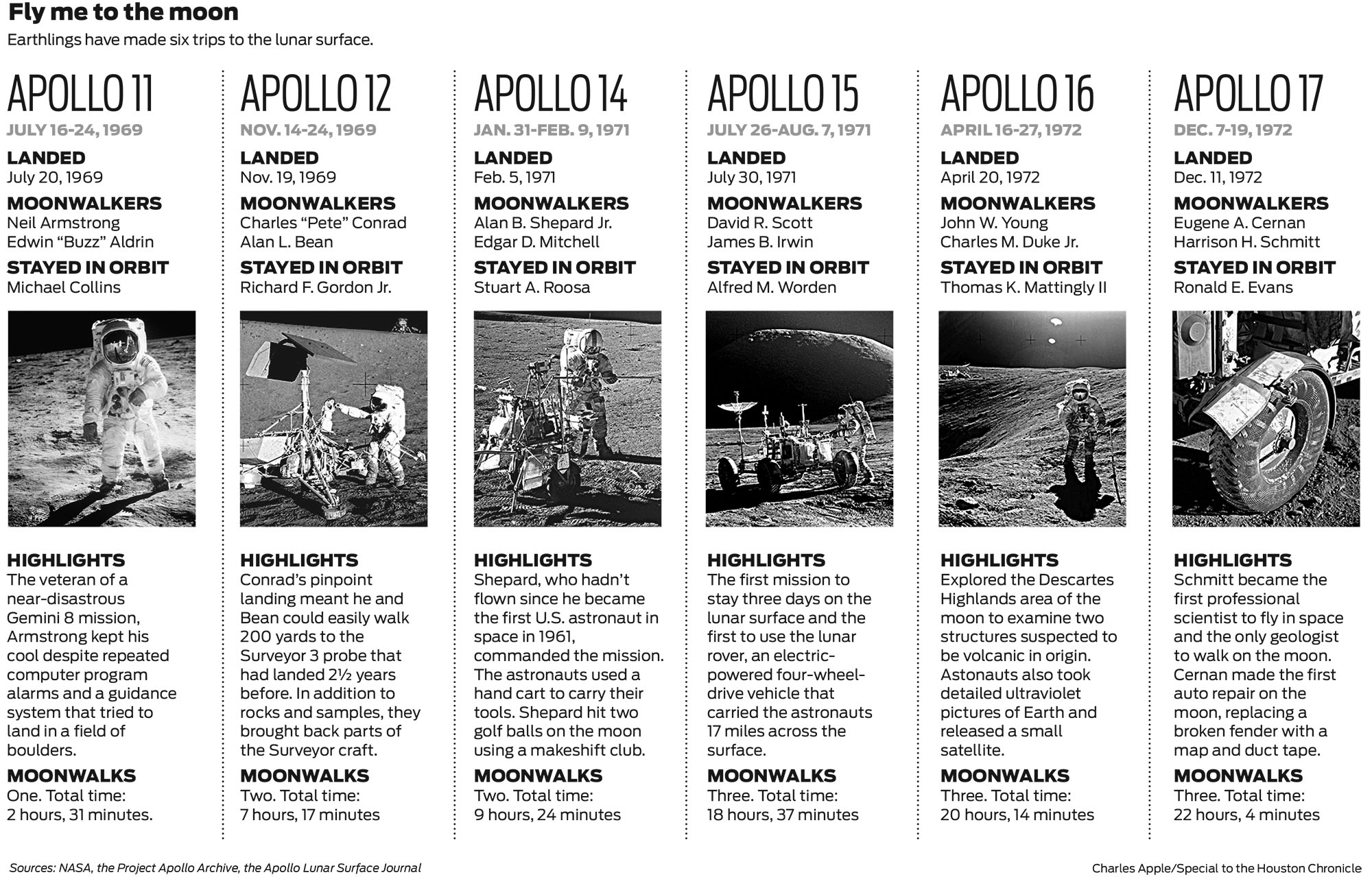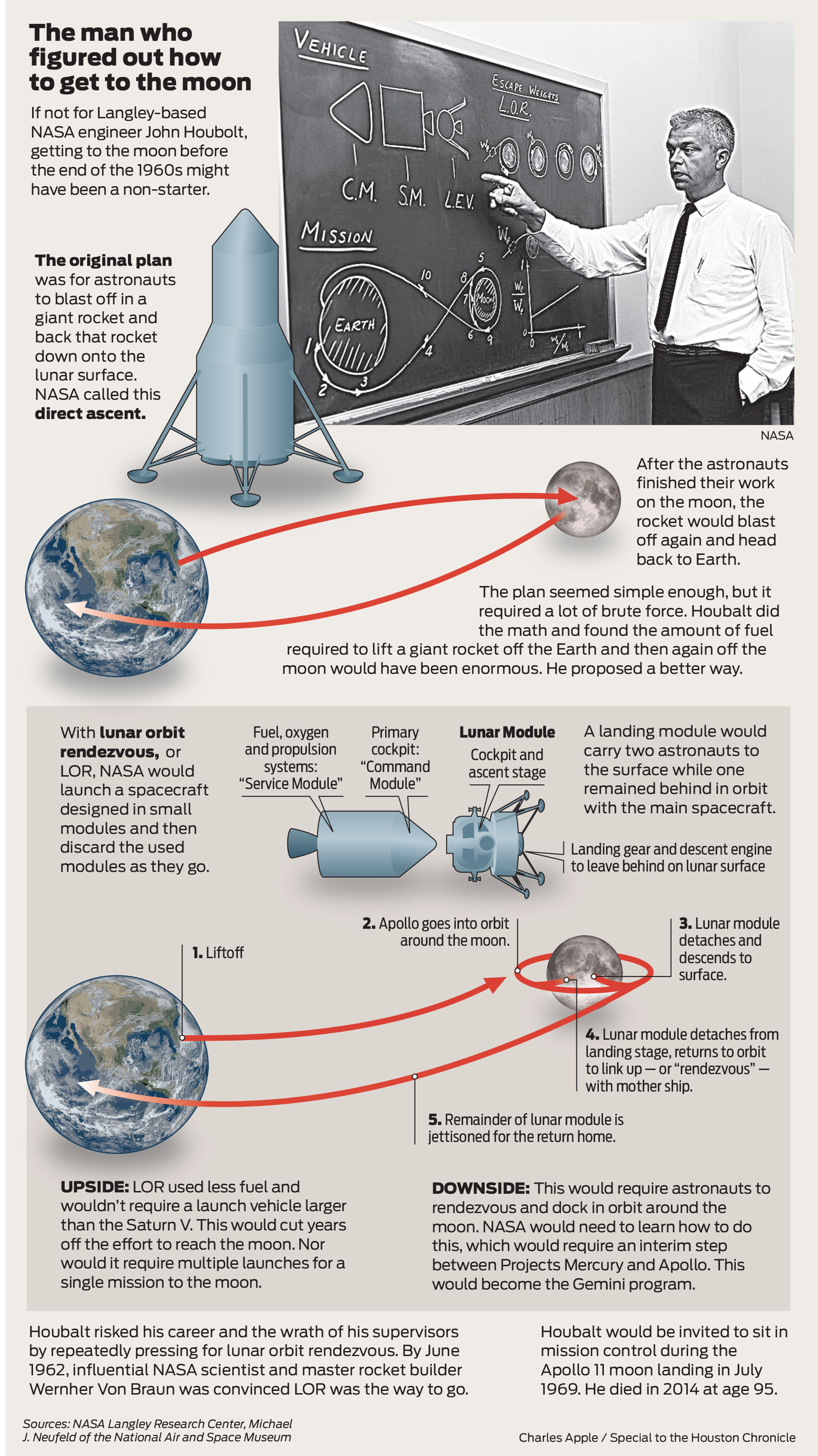Late last year, the Houston Chronicle eliminated my position as deputy design director, which threw me out of work — the third time this has happened to me. The funny thing, though: This didn’t leave the Chronicle with many resources to build its ambitious project for 2019: A celebration of the 50th anniversary of NASA putting a man on the moon. For those of you who don’t live in the U.S.: The country’s manned space agency is based in Houston. So the Chronicle is going all-out for this series. It is working on interactives, videos, podcasts… and an 11-piece series — not counting minor pieces in between — to run every-other-week between now and the actual anniversary in July.
So what did the Chronicle do? It hired me to work on the print graphics for this series.
Editors at the Chronicle asked me back in November. We had conversations via phone and email throughout December and January. Once I saw their budget of stories, I pitched a number of graphics that could accompany those stories. Their project team looked over my list, made a few changes and gave me the OK to begin work. I draw the graphics in Adobe Illustrator with some occasional Adobe Photoshop work. When I’m done, I save the graphics in PDF format and upload them to my FTP server. They download the graphics, print them out for editing and proofreading and insert them into their page design system. It helps that I know their system and their staff so well: I had worked at the Chronicle for three years. I’ve been trying to stay about a month ahead of when they need the print graphics. If they wish to build interactive versions of what I’m doing, this would give them plenty of time.
![]()







